More than a couple of months ago, when the mercury was hanging around in the mid -20°C range I met up with my good friend and fellow bird photographer Arni long before sunrise and headed towards Niagara Fall’s for a day of winter photography. If you have never ventured out with your camera in the dead of winter, I would highly recommend that you give it a try. There are a few minor technical challenges the cold presents, with reduced battery life and condensation when bringing the gear back into a warm temperature being the primary ones, however these are easily dealt with. Take spare batteries with you and keep them in pockets close to your body to keep them warm and before taking the cold gear back indoors, make sure you pack lenses and cameras back into their cases and don’t take them out until you’ve allowed enough time for the gear to reach room temperature. I always take the CF cards out of the camera while outside so I can start processing the day’s work without waiting for the gear to get re-acclimatized to the house temperature! By far the biggest challenge in winter photography is keeping yourself warm, so always have lots of layers of good clothing, warm boots, gloves and head coverings. A supply of hand warmers always comes in handy.
We arrived at a cemetery in Burlington before sunrise looking for Eastern Screech Owls, where both red morph and the more common grey morphs have been known to nest. We were unable to find the owls so headed on to Niagara Falls and arrived at Dufferin Island which is about a kilometre from the brink of the Horseshoe Falls and home to many birds.
The primary bird we were looking for was the Tufted Titmouse, a non-migratory bird whose historic range was in the central and eastern United States, however as winter food supplies have become more available, the Tufted Titmouse has been slowly moving its range northwards into Canada, primarily in the eastern Great Lakes region. The Titmouse prefers a wet climate and in fact you only find them in areas with more than 24″ annual rainfall, and even more common in areas with 32″ or more of annual rainfall. The Tufted Titmouse rarely ventures more than two kilometres from the nest in which it was born (which accounts for why the expansion of their range takes place very slowly).
Soon after picking a location on the island where the light and back ground were both ideal, we were able to attract a number of these beautiful birds with a little bird seed (there are numerous feeders in the area that are maintained through the winter months to ensure adequate food for the local birds). We were able to get a few decent images of the Tufted Titmouse. The following images were taken with a Canon 5D MkIII and 500mm f/4 lens (some with an attached 1.4x TC for an effective 700mm focal length). As much as possible I tried to use an aperture of f/8 or greater in order to provide enough depth of field to keep the whole bird in focus….at least in profile!
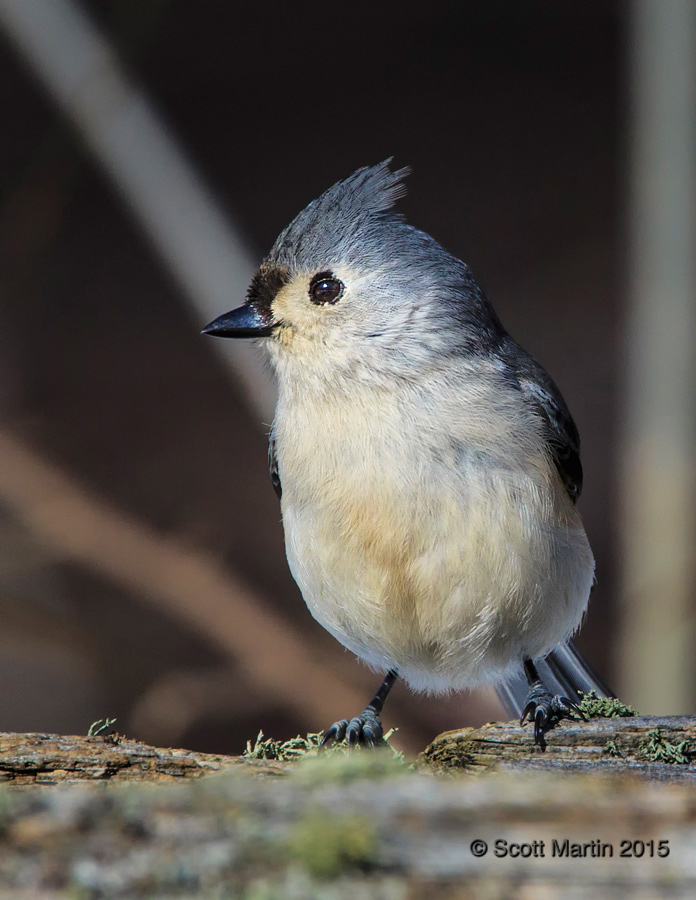
The Tufted Titmouse is the largest of the Titmouse family and they are easily recognizable by their crest and black patch above the upper mandible.
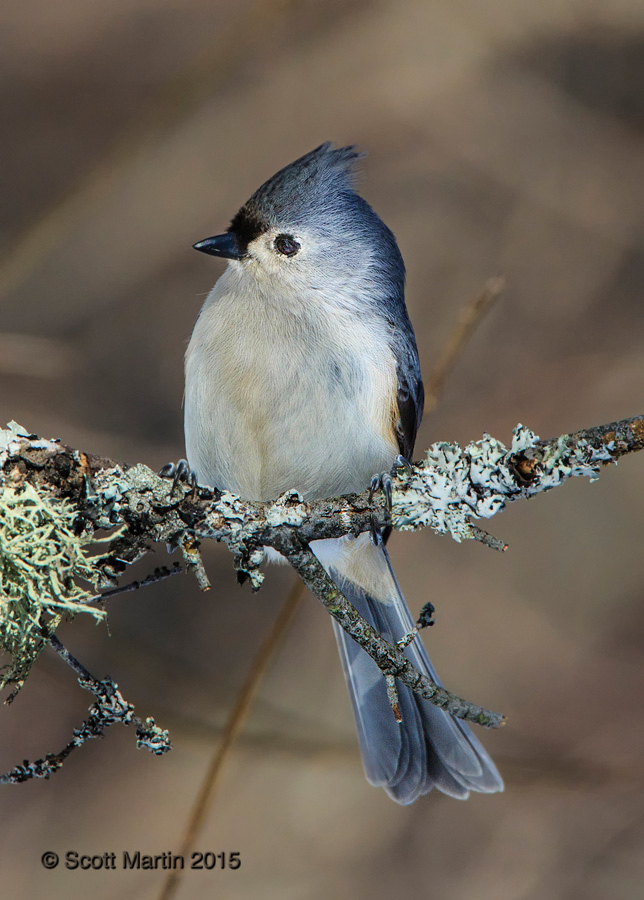
Their colouring is relatively subdued although mature adult birds have a golden yellow flash along the sides of their chest. Juvenile birds lack this colouration.
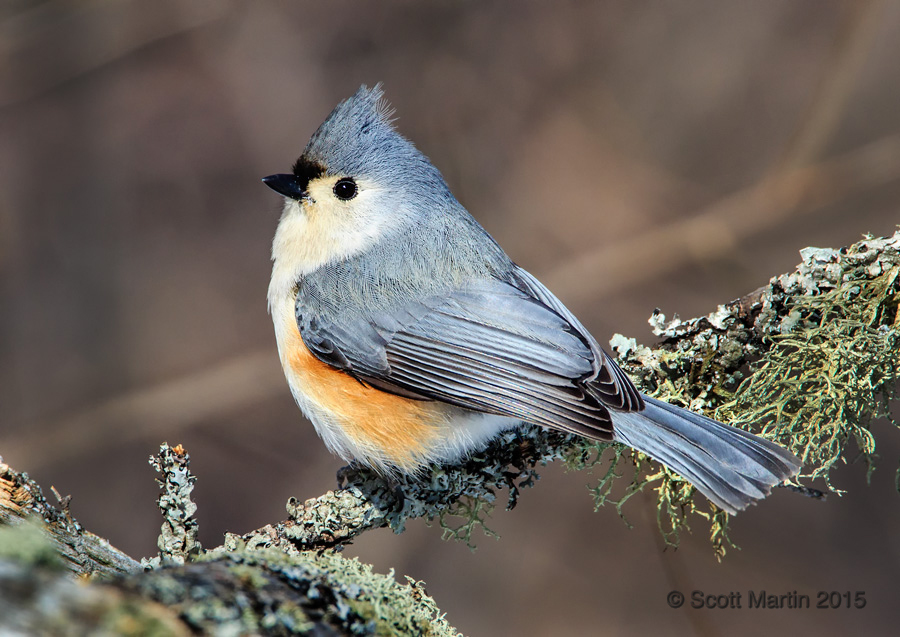
The appearance of the males & females is very similar, so differentiation between the two is difficult.
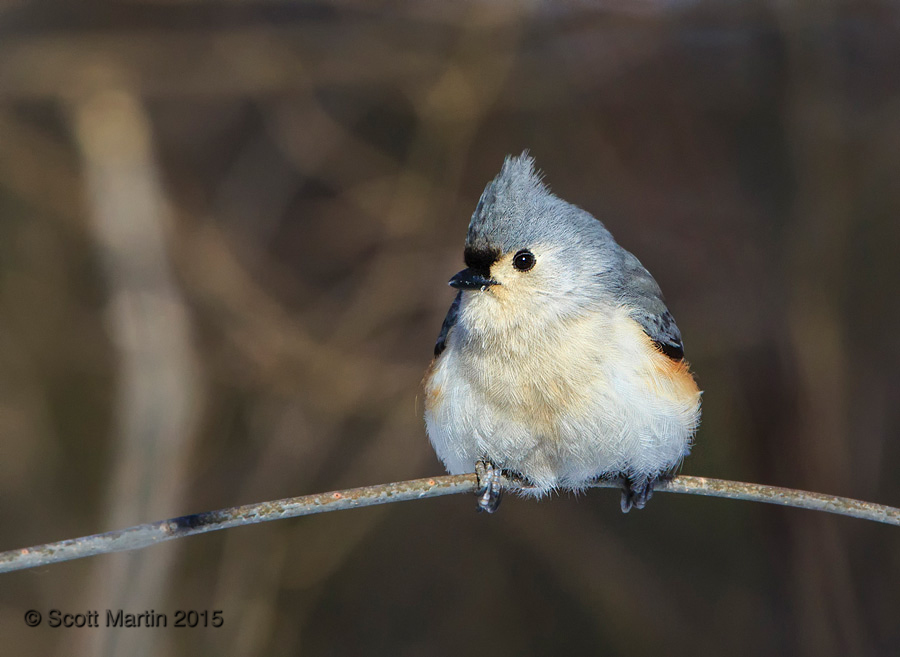
The normal diet of spiders & insects is not available in the winter months so the Titmouse release on seeds and frozen berries in the winter. The presence of winter feeders is important for them in the winter as they are non-migratory birds.
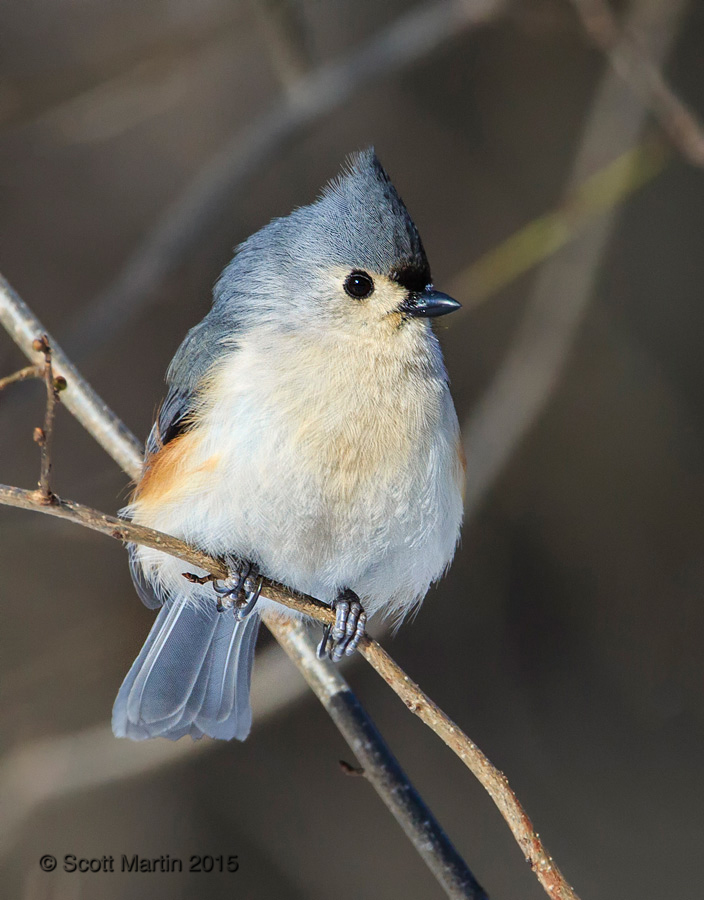
The above image was taken at f/10 in order to get as much depth of field (DOF) as possible to keep the whole bird in sharp focus. With long telephoto lenses the DOF is very thin even at small apertures; in this case about 4cm (700mm focal length with a full frame camera at about 25′ away from the bird). I really needed an even smaller aperture as the tip of the tail appears soft. The next image was also taken at f/10 which is OK as all of the body of the bird is within the DOF so everything is sharp. Managing DOF with telephoto lenses is one of the most important factors in getting great photographic results yet is often overlooked by many. Fortunately with today’s cameras that are so good at high ISO’s it is much easier to balance the tricky relationship between shutter speed, aperture & ISO in order to get the best possible results.
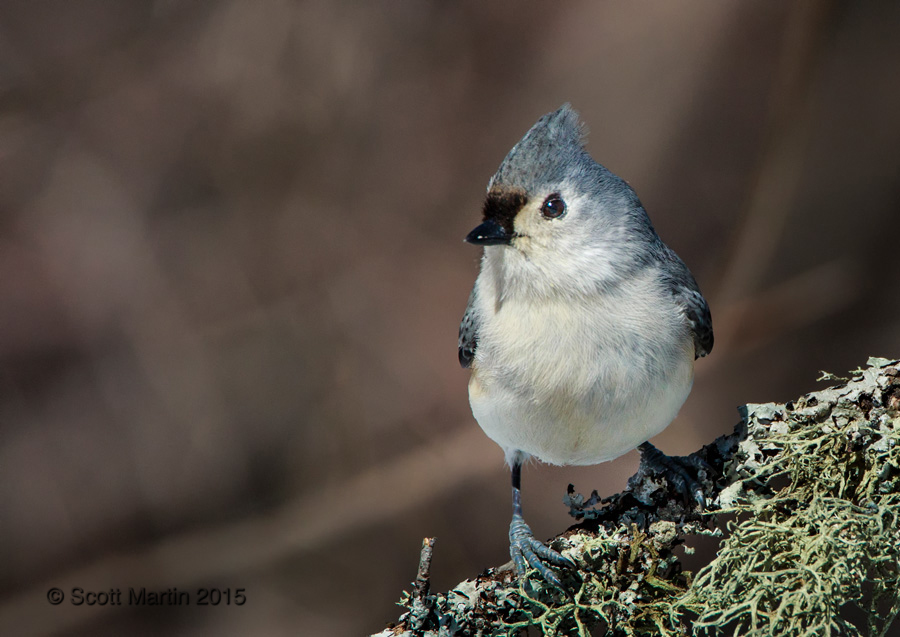
The Chickadees, Nuthatches & Creepers Gallery has more images of this bird as well as the Nuthatch pics shown later in this post.
It was a cold but beautiful winter day in Niagara and we were treated by a number of other birds who provided some great poses for Arni & me. Here are a few of them.
A Dark-eyed Junco with an over the shoulder look.
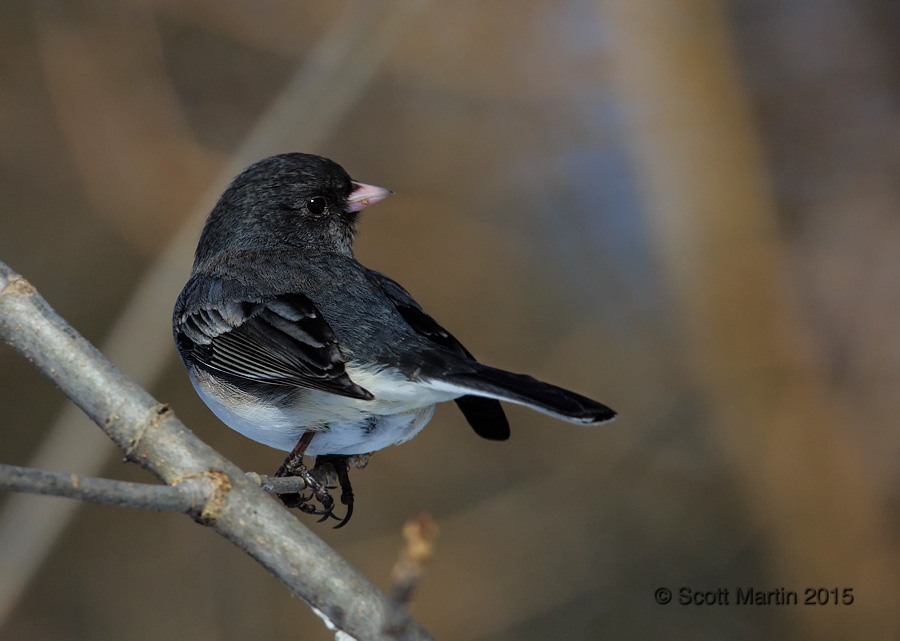
….and another Junco enjoying the snow.
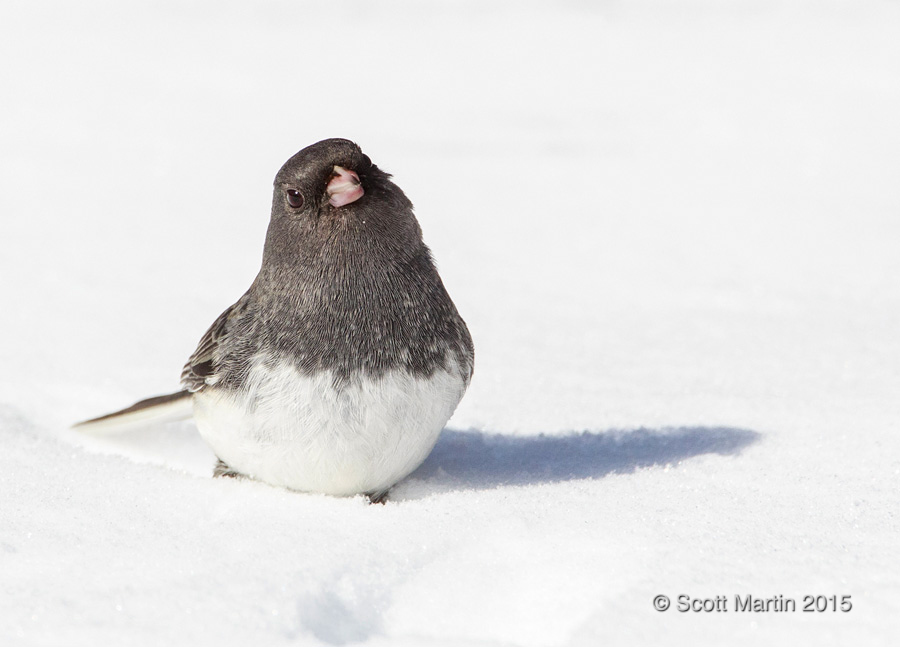
Cardinals often top the list of people’s favourite birds, and in fact the Cardinal has the unique distinction of being the official state bird of seven American States, far more than any other bird. At one point in time there were four pairs of Cardinals at our location. The male Cardinal is best known for its vibrant red colour but the female with its more subdued colours is equally, if not more photogenic.
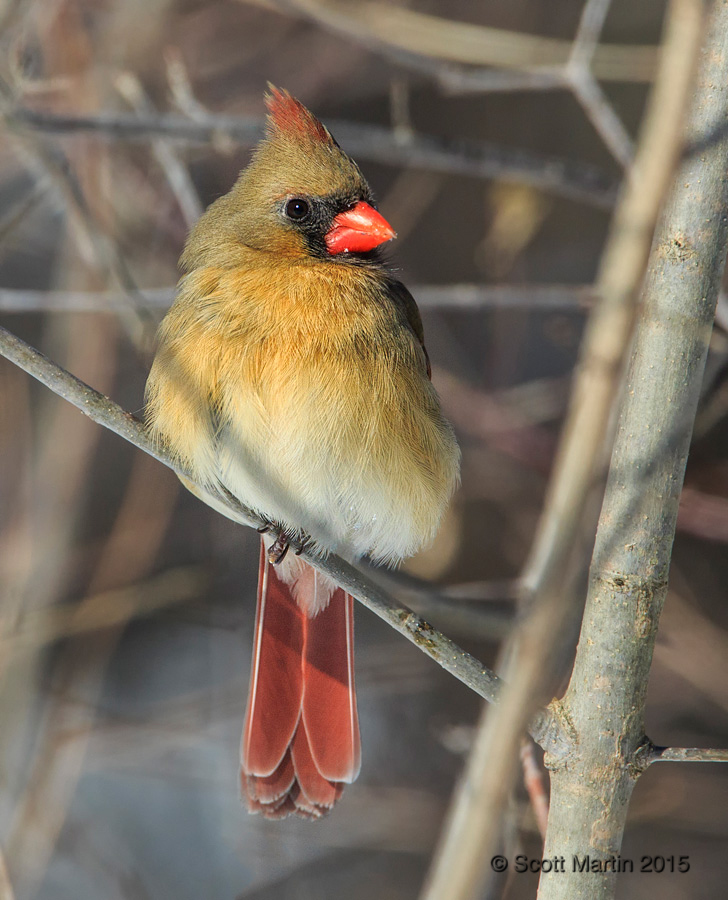
.
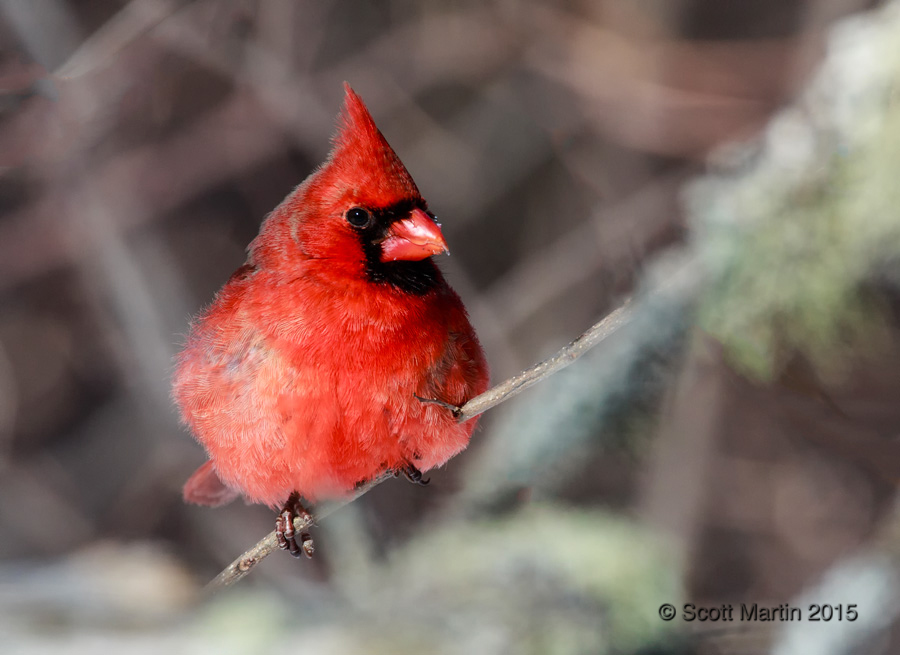
.
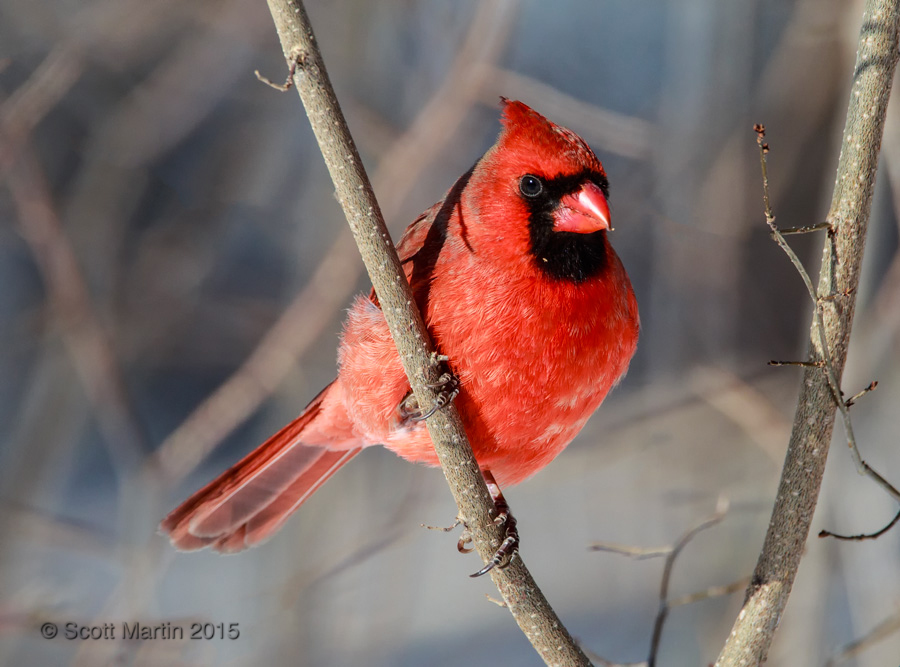
.
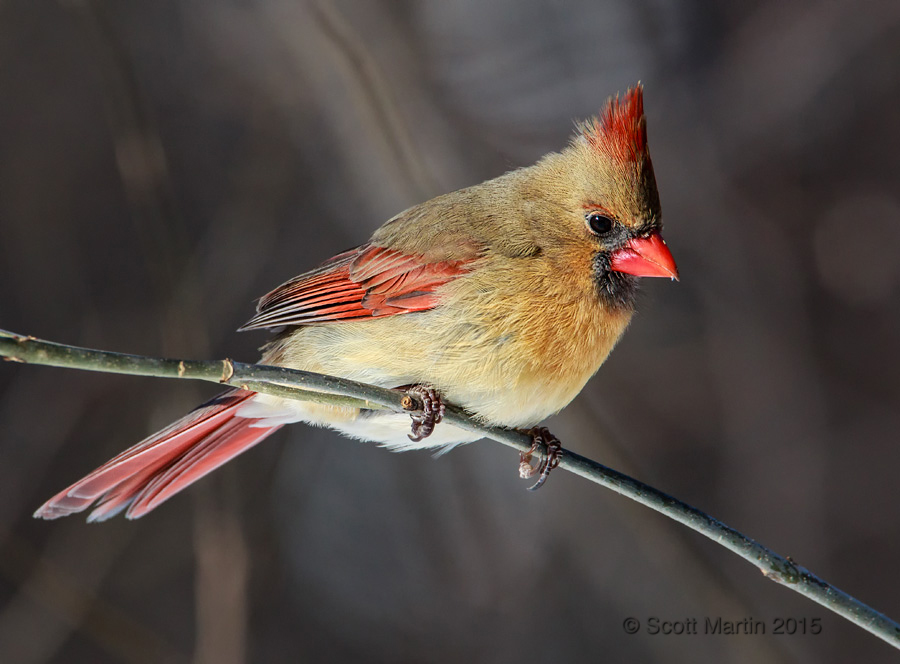
The ice crystals on the beaks of these next few birds shows just how cold it was!
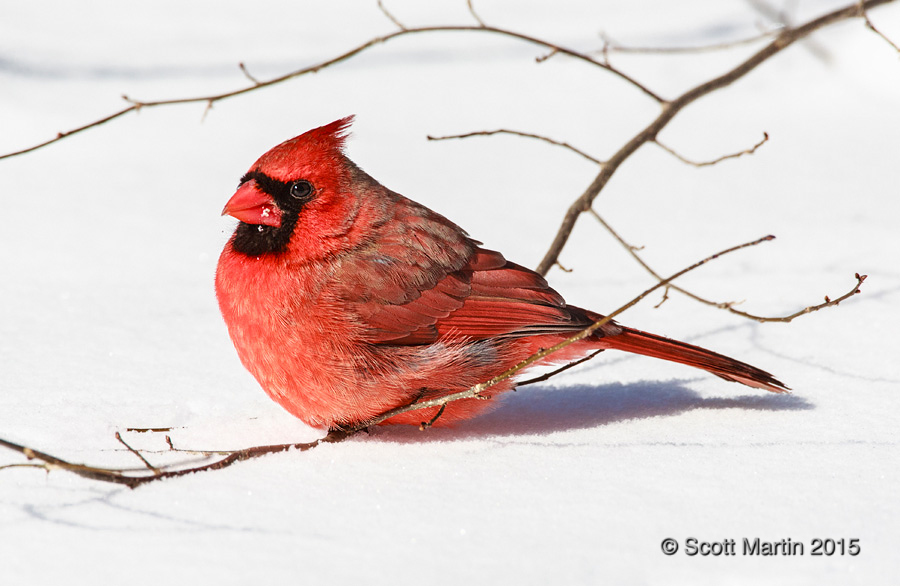
.
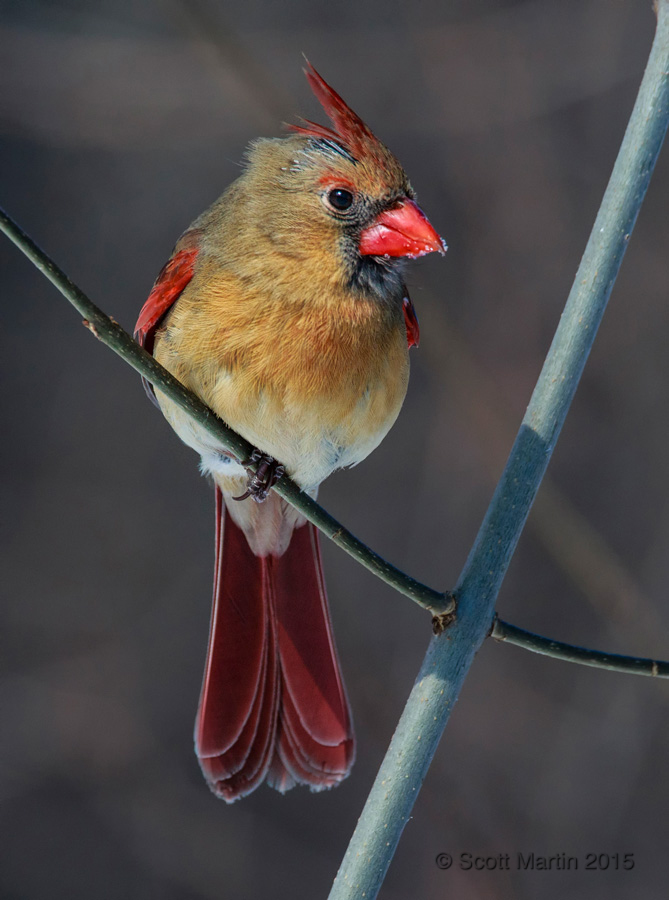
.
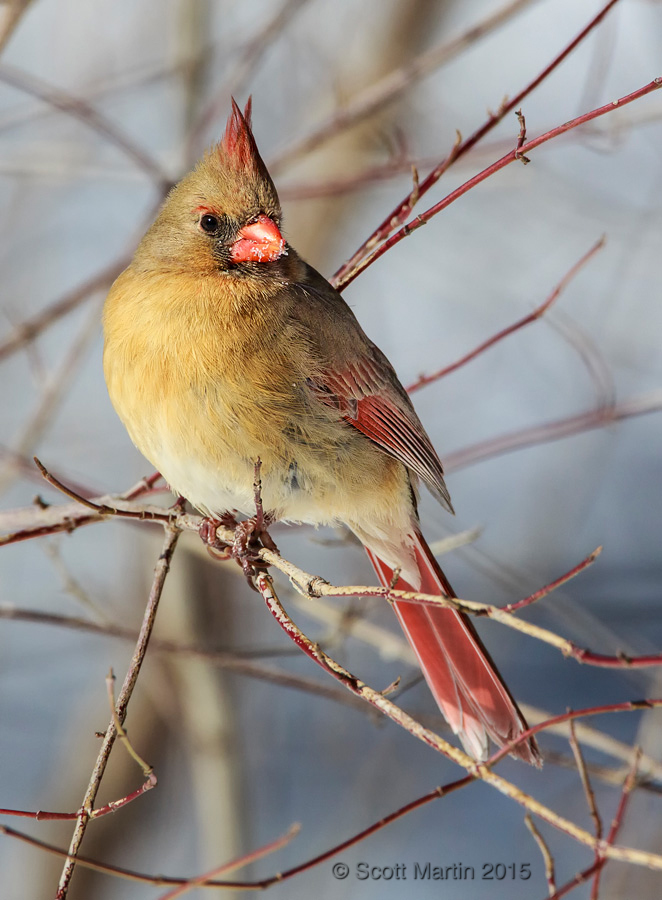
.
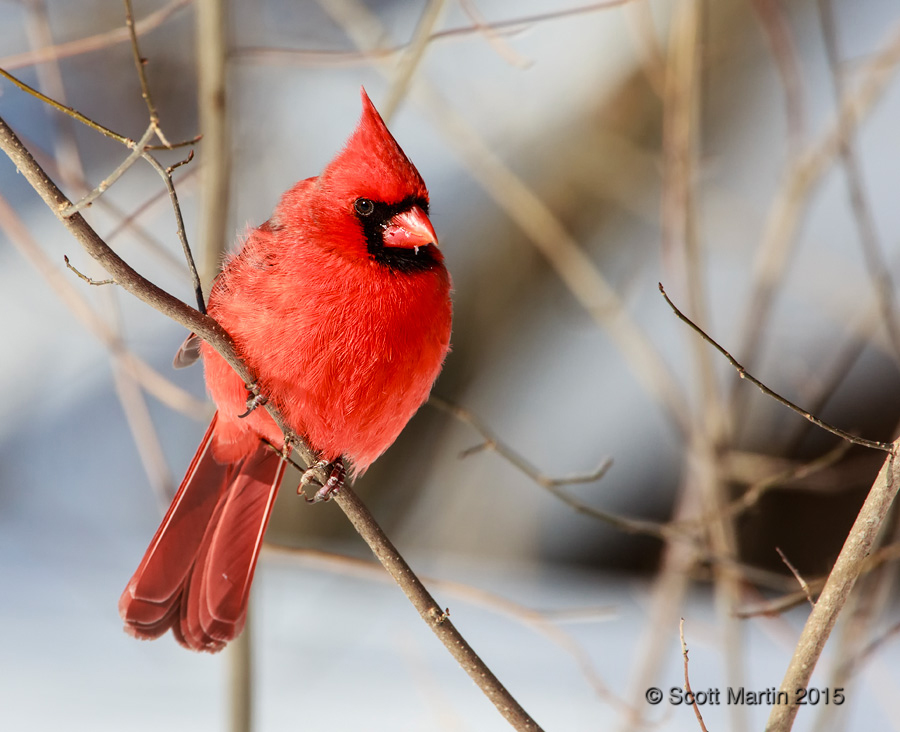
For more Cardinals and Juncos check out the Sparrows, Grosbeaks, Buntings & Finches Gallery.
The White-breasted Nuthatch is a common bird however its propensity to be upside down most of the time always presents an interesting photo-op.
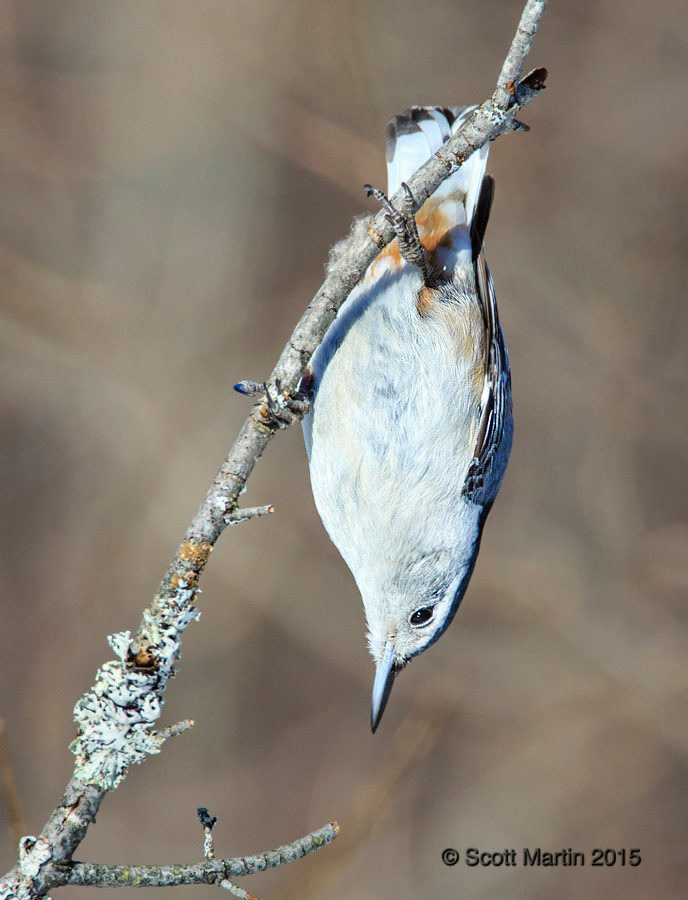
On almost every perch they are facing in the downward direction.
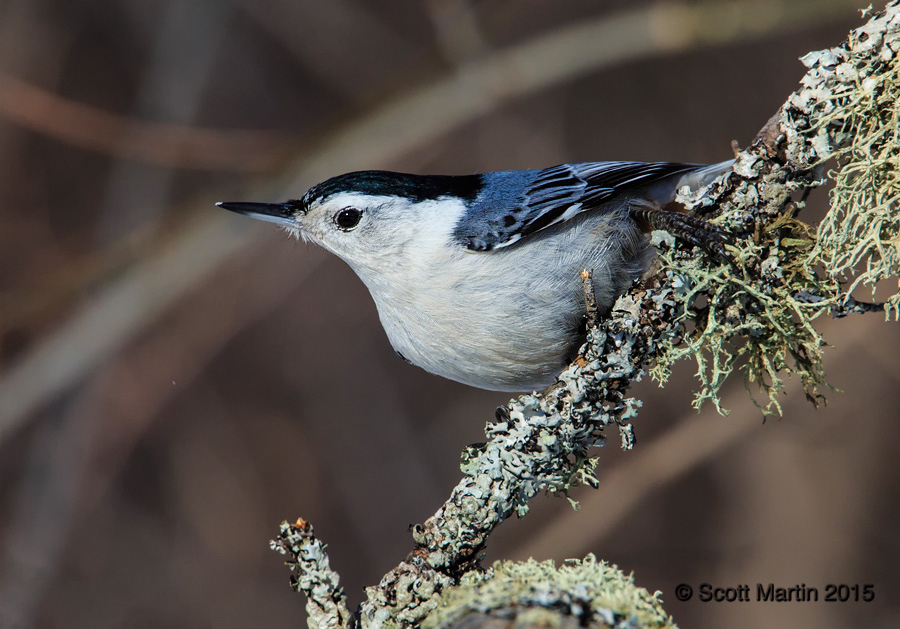
We also enjoyed a visit from a male Red-bellied Woodpecker.
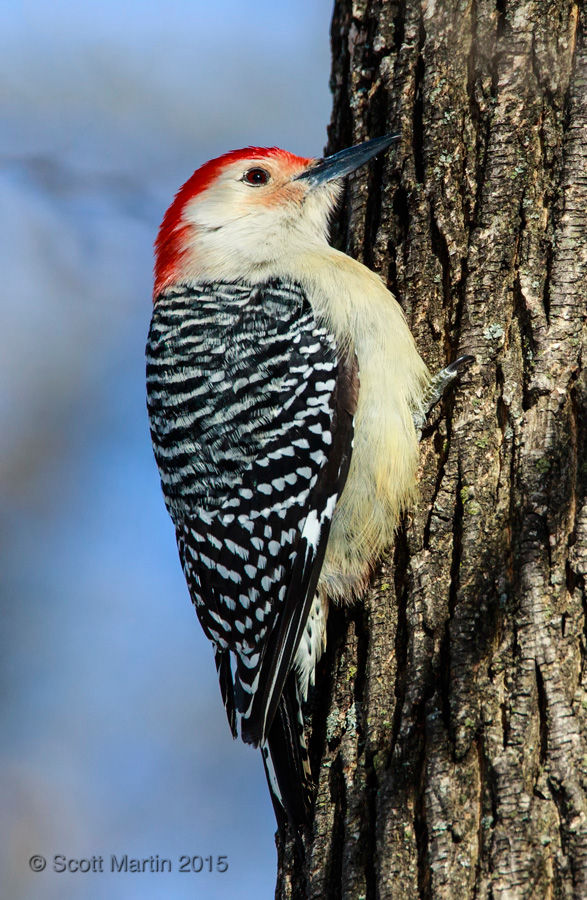
This particular male had a very vibrant red head and belly patch compared to others I’ve seen. The next image shows both patches with a complimentary red back ground provided by one of the male Cardinals! Check out the Woodpecker Gallery for more images.
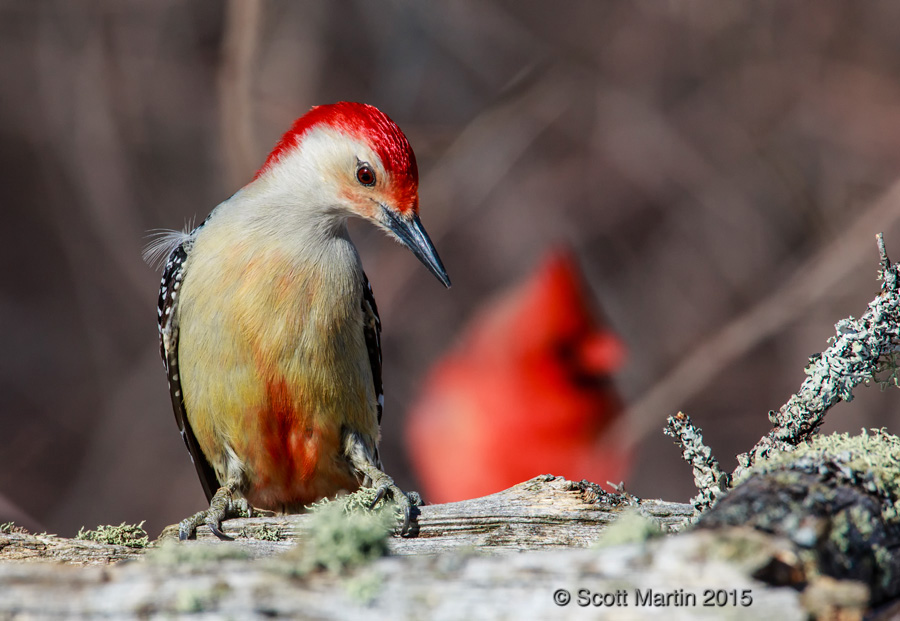
After a couple of hours in the freezing temperatures we warmed up at a local Tim Horton’s with lunch and large coffees and then just couldn’t resist a walk along the Niagara gorge from the Horseshoe Falls to the Rainbow Bridge. This was mostly to photograph Niagara Falls and the Niagara River, which was completely frozen over this year due to the uncharacteristic cold temperatures. Frozen falls images will be the subject of an upcoming blog post. From a birders perspective it was an unexpected surprise to see the fastest animal on the planet perched in a tree along the rim of the gorge…the Peregrine Falcon. As we were only expecting to use wide angle lenses along the gorge we were not prepared to photograph birds, so this Peregrine Falcon was captured with a Fuji X-E2 and 55-200mm zoom lens.
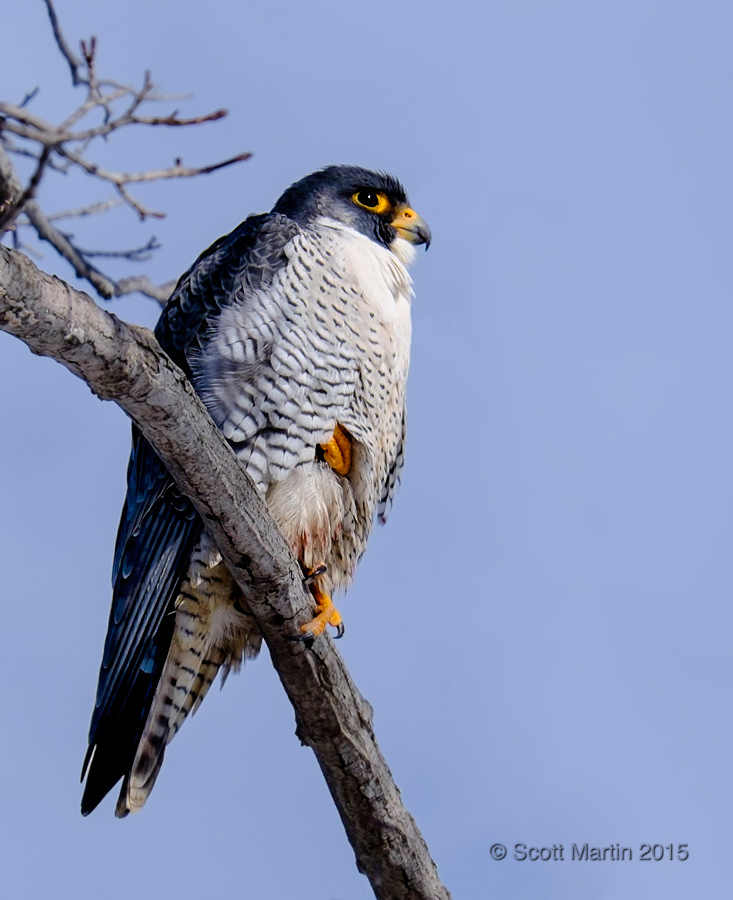
More Peregrine Falcons can be seen in the Hawks, Falcons & Kites gallery.
After a cold but productive day at the falls Arni and I headed back home, taking a brief detour back to Woodland Cemetery in hopes of seeing the Screech Owl. Fortunately we were able to find the grey morph sleeping in his tree. Not the most photogenic poses, but it’s always great to see another owl.
Sleeping in a gnarly tree cavity.
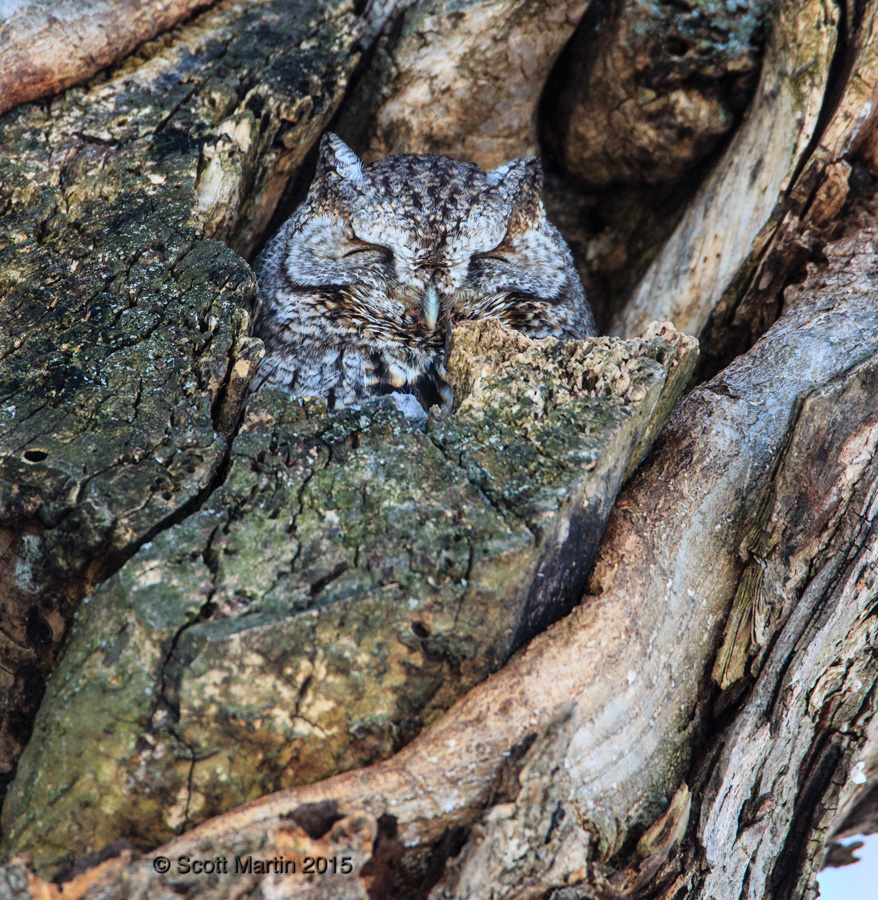
….and a rare day time peak from the very nocturnal Screech Owl.
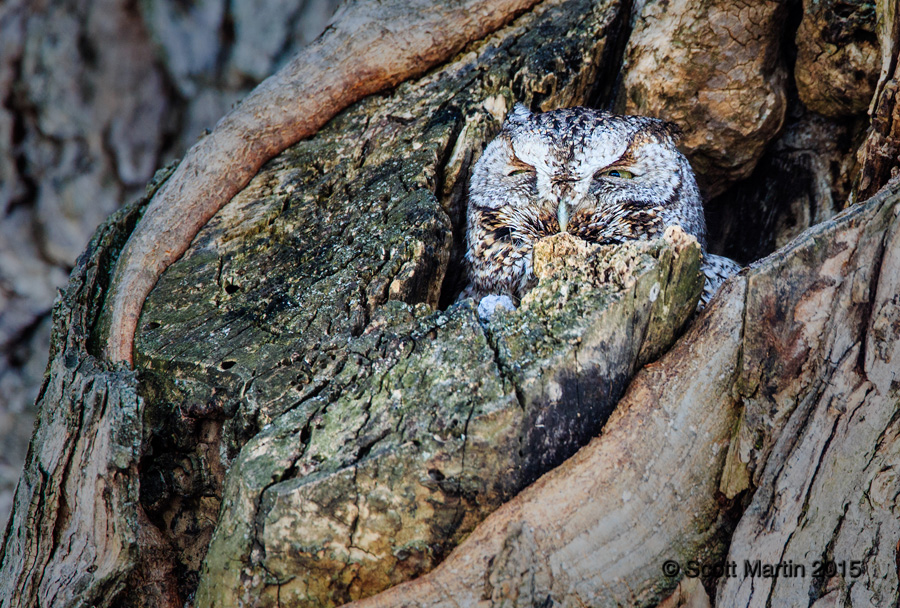
More of this owl as well as pictures of a red morph Eastern Screech Owl can be seen in the Owl Gallery.
I trust you all have an enjoyable summer and didn’t mind this blog post looking back on the very cold winter we experienced this year.

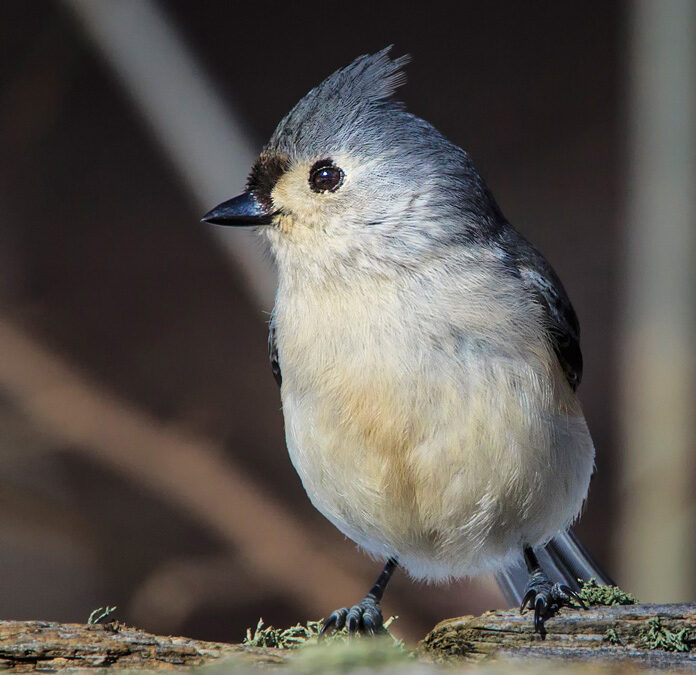
Great selection of images Scott, brings back some terrific memories although I am still trying to forget my frozen feet and hands 🙂
These are great pictures Scott! I never cease to marvel at the beauty of creation, and your pictures of these birds show us the beautiful colours we would not normally see. Mom especially liked the pictures of the nuthatch and of the screech owl peeking at you.
Thanks Dad and there are a few good choices for Mom’s next painting on this post!
Very nice Scott. Got some great shots with some great pointers on DOF
Thanks Rob and I sure have been enjoying your pics from your tour of Australia. I think you are having a big effect on Deb & my future travel plans!